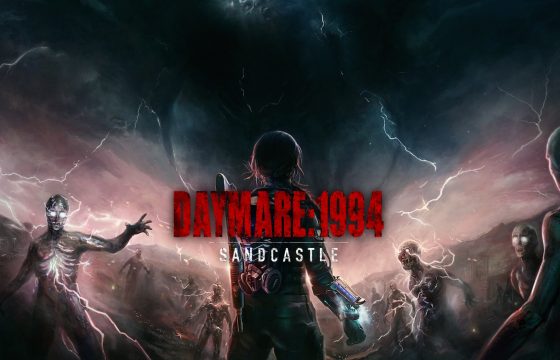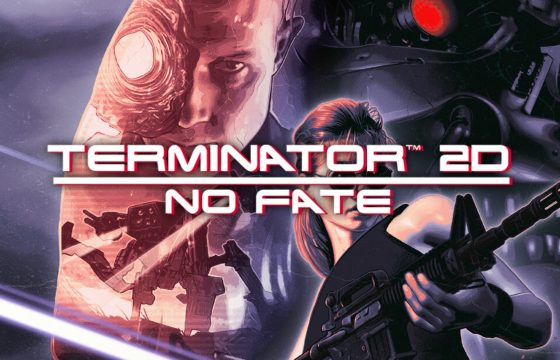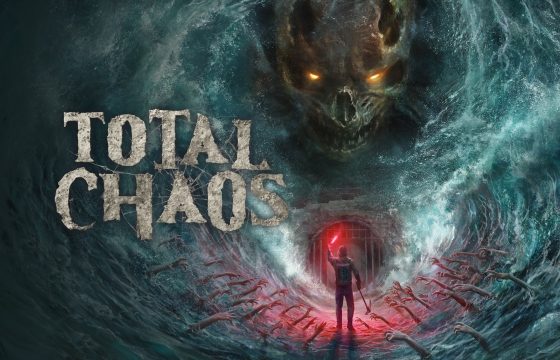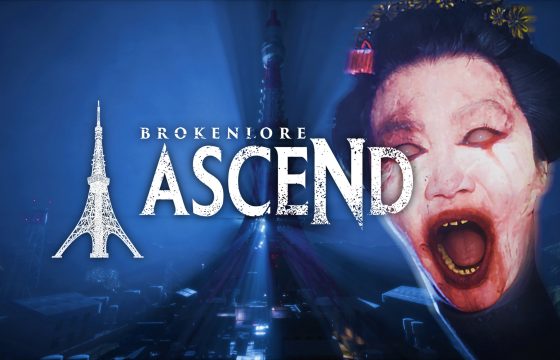Our review of Build a Rocket Boy’s first game: a bold and compelling project undermined by weak execution and gameplay flaws.
The First Crack in Leslie Benzies’ Vision
Former Rockstar studio Build a Rocket Boy was set to launch with MindsEye (previously covered here) — a “module” within the expansive, ambitious Everywhere platform, envisioned to host user-created experiences of all sizes through an internal editor, already playable in MindsEye’s free-play mode on PC.
As gaming history shows, when a project seems too good to be true and lacks solid management, failure often follows. MindsEye turns out to be an unusual and uneven experience—yet one brimming with surprises for discerning players.
Curious about what happened to Jacob Diaz? Keep reading…
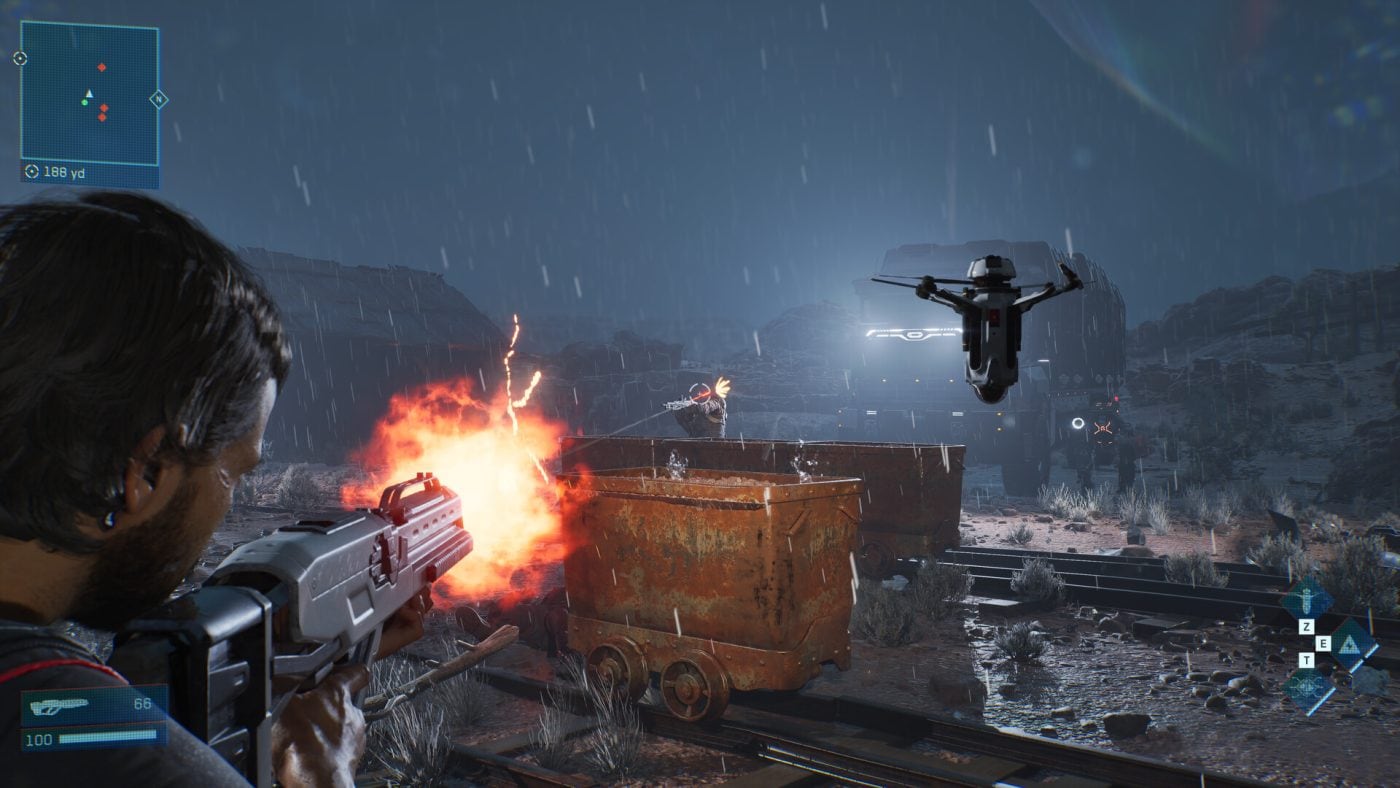
Story and Characters: The One True Bright Spot
MindsEye’s greatest strength lies in its character development and storyline, evoking the feel of a tense sci-fi political thriller.
The plot begins deliberately slow, with hours of investigation and a nearly five-minute drone chase setting the tone. After this measured start, the narrative picks up pace, propelled by intriguing scenarios and compelling characters like “Robin Hood,” De Silva, and figures from Jacob’s past who hold the key to his quest.
The main campaign lasts about seven hours, maintaining a mostly steady rhythm, though occasionally hampered by frustrating segments. From the halfway point onward, the intensity grows, culminating in an open-ended conclusion that leaves many questions unanswered and stokes anticipation for what’s next.
Still, the story’s strength alone cannot fully sustain the experience, which is marred by uneven pacing and structural flaws.
Annoying QTEs, Puzzles, and Minigames: Welcome Back!
It’s been two console generations since mandatory QTEs and forced minigames all but disappeared from the gaming landscape. Yet, MindsEye, in a purely nostalgic (and regrettably not in a good way) gesture, resurrects some of the most despised mechanics in recent memory.
The game features one of the longest, most frustrating, and clumsily executed QTE sequences in years, surpassing even the notorious button-mashing sections from the original Resident Evil 5.
The low point comes during the revival sequence: after a well-crafted buildup of narrative tension, Jacob’s informant is nearly killed in an explosion, and the protagonist must save him. In theory, this should be a gripping moment — but its implementation only frustrates players to the point of quitting the session, or perhaps the entire game.
The irony is palpable, considering this project is led by a former Rockstar developer—someone who should be intimately familiar with past mistakes, especially those from the original GTA trilogy. Iconic yet infuriating missions like the toy helicopter bomb-planting or the infamous “CJ, follow the damn train!” have challenged gamers for years. Rockstar eventually learned its lesson, adding an option to skip overly difficult missions in GTA V. Sadly, MindsEye offers no such reprieve.
The dreaded revival sequence itself involves multiple steps: hitting the X button at precise moments, following a strict rhythm, and moving the sticks to simulate breathing. Straightforward on paper, but in practice it took nearly two hours of frustrating attempts to complete.
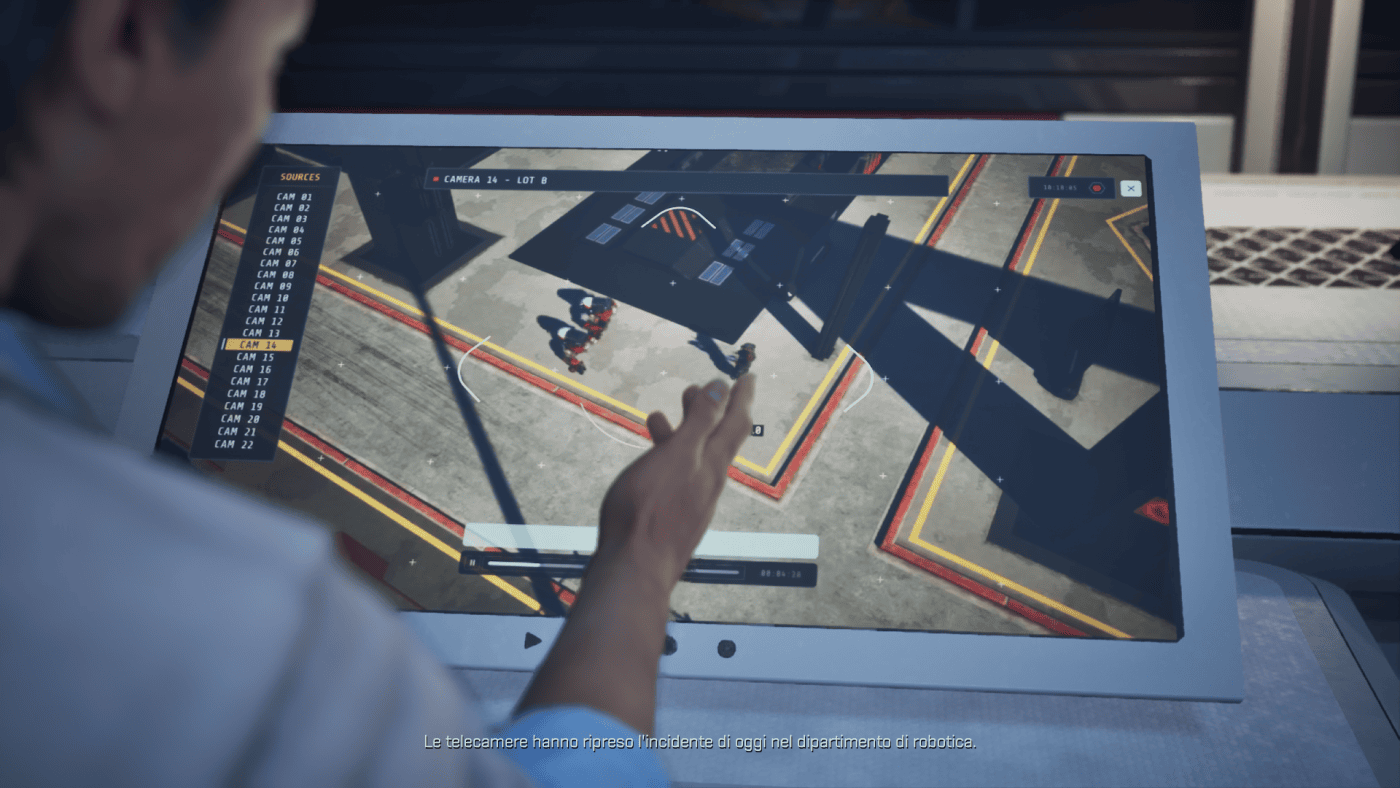
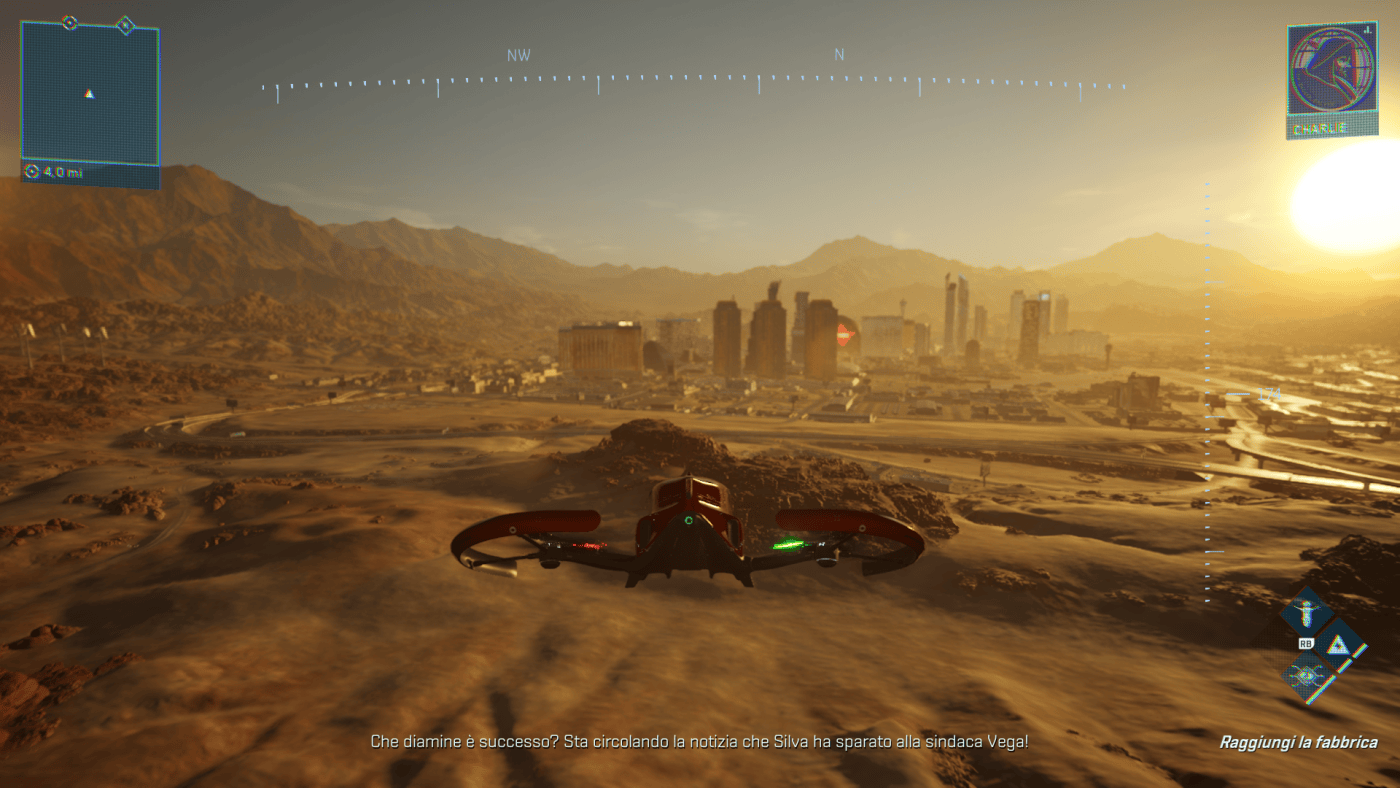
Just as relief seems in sight, the game throws in another unwelcome element: mandatory minigames.
Right in the middle of an engaging, tension-filled mission, MindsEye disrupts the pacing with a satellite tuning minigame that is as pointless as it is aggravating. An awkward interface, convoluted controls, imprecise handling, and a limited fuel meter combine to turn this minor detour into a punishing ordeal. The satellite drifts off into the void of deep space—and so does the player’s patience.
After countless tries, you finally clear this hurdle and approach the baffling finale, hoping for answers.
What could possibly go wrong?
Well, MindsEye hits you with a series of puzzles that seem ripped from Tomb Raider — but without the clever design or environmental hints that made those challenges rewarding.
“Hang On, I’m Coming! There’s Traffic” — When Driving Turns Into a Roadblock
In any open-world or semi-open-world game, driving is a core element. Often, the in-car radio fills transitional moments, setting the mood or easing the wait. In MindsEye, however, the radio is completely absent. Instead, players face an eerie silence, broken only by occasional calls from other characters.
While some of these calls add interest, many quickly become irritating—especially those that criticize your driving or impatiently urge you forward. In some games, this kind of banter fits the narrative tone. But in MindsEye, where pacing is already uneven and fragmented, these interruptions only disrupt immersion, turning every drive into a frustrating task.
To make matters worse, city traffic is dense and unforgiving, paired with vehicles that are remarkably fragile. Once damaged, cars cannot be repaired, often forcing you to proceed on foot or scramble to find another vehicle.
There’s not even a “call your car” feature, now standard in most modern open-world games. Altogether, these issues make driving feel less like a gameplay highlight and more like a test of patience.
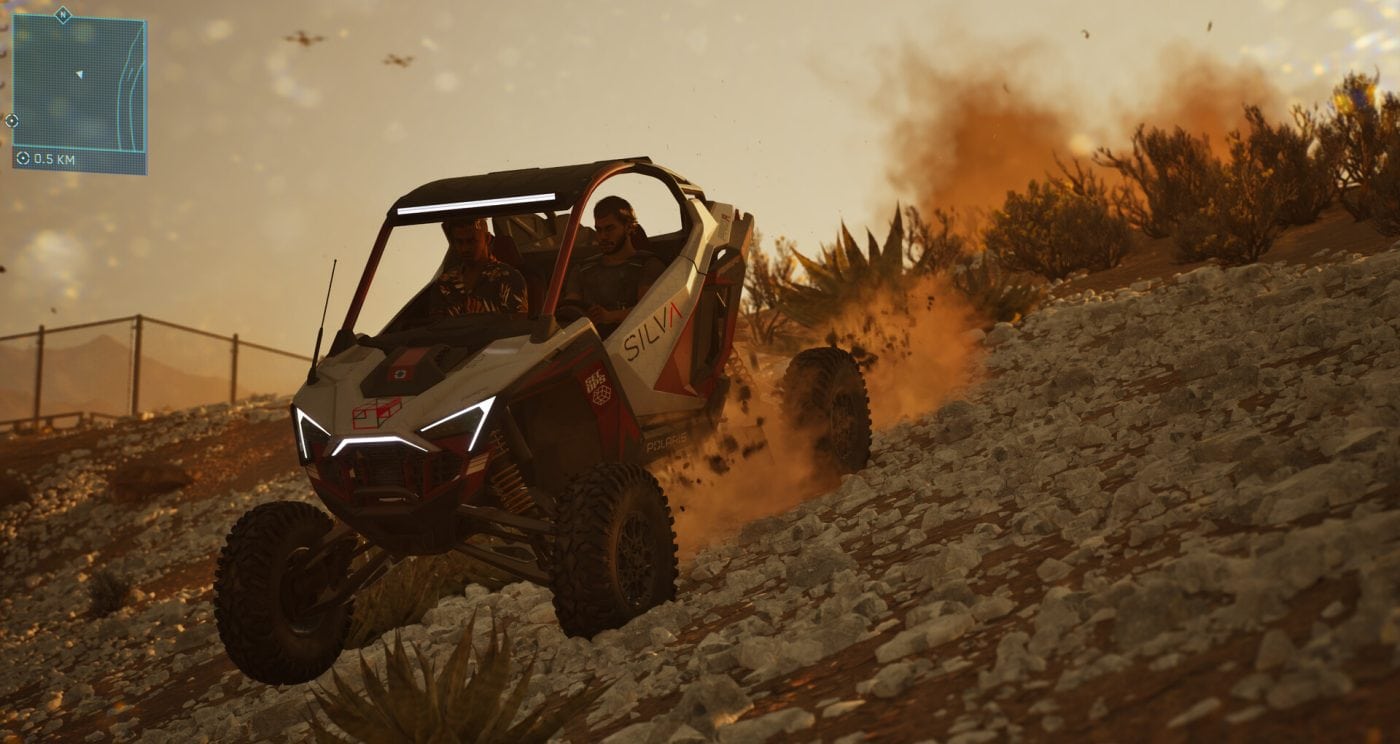
Gunplay: Simple, Yet Overly So
MindsEye’s combat system is so rudimentary it verges on outdated. Gunplay is stripped down to the bare essentials, while enemies show a complete lack of reactivity or tactical behavior. They merely pop out awkwardly from cover, and even when in greater numbers, they rarely pose a genuine threat.
You could easily complete most of the campaign using only the starting pistol, which speaks volumes about the lack of depth and challenge. The only marginally satisfying aspect lies in the weapon feedback — some guns feel punchy and efficient, especially when paired with the right encounter.
But the shortcomings don’t end there. There’s no blind-fire from cover, no melee attacks — not even against robotic enemies. A puzzling omission, particularly given that the protagonist, Jacob Diaz, is supposedly an elite soldier. What remains is a monotonous loop: dash between cover points and shoot, echoing the mechanics of a generic third-person shooter from 2007. It’s an oversimplified system that drains the gameplay of any tactical nuance, variety, or real engagement.
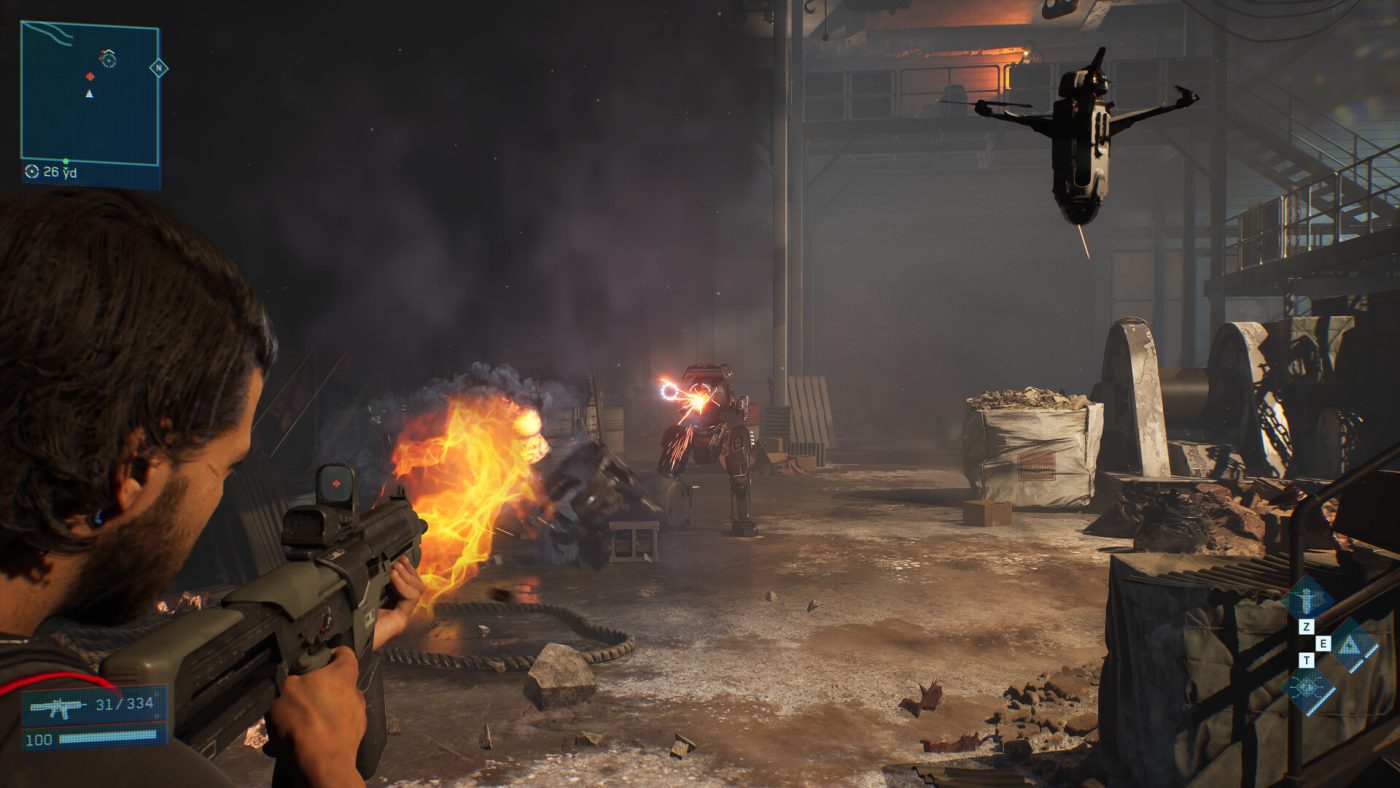
Jacob, Follow That Car!
A game that openly nods to GTA can’t skip car chases — and MindsEye doesn’t miss the chance. The issue, however, is that — much like other aspects of the experience — the execution is wildly uneven.
Some chases are well-designed, with dynamic routes and a decent level of challenge, offering genuinely thrilling moments. Others, however, feel hastily thrown together, with awkward track layouts and a total absence of the tools needed to manage them effectively. You can’t shoot from the window, you can’t steer while attacking, and there are no rational checkpoints.
The result? Long, frustrating sequences that often need to be replayed from the start due to a minor slip-up or an unavoidable crash. Repetition sets in quickly — and so does the temptation to skip the whole thing altogether.
Ironically, the only part that actually works is the driving itself. Especially in the second half of the game, when you unlock the jeep: well-modeled, satisfyingly responsive, and genuinely enjoyable to drive — a fleeting highlight in an otherwise tiring pursuit.
High-End Graphics, Low-End Execution
Although built on Unreal Engine 5, MindsEye suffers from severe and persistent technical issues that significantly impair the experience, even on high-end platforms. On consoles, frame rates frequently dip below 30 FPS, with drastic drops during hectic scenes or in complex environments. In some instances, performance falls as low as 10 FPS, rendering the game nearly unplayable. Compounding these problems is a plethora of bugs: missions freezing, checkpoints failing to activate, and NPCs disappearing without explanation. More often than not, the only solution is a full restart, resulting in the loss of all progress.
That said, credit must be given to the team for one of the game’s few technical highlights: the cutscenes. These are carefully crafted, well-animated, and directed with a compelling style. It’s evident that a significant portion of the budget and resources was invested in these sequences.
Unfortunately, beyond these moments, the rest of the game fails to live up to expectations, leaving the overall experience deeply disappointing.
Final Thoughts
MindsEye carries an immense weight of expectations, particularly given the involvement of Leslie Benzies, one of the chief architects behind GTA’s monumental success. Yet, Build a Rocket Boy has ultimately failed to bear that burden.
The problems extend well beyond technical glitches and bugs—although these are serious in their own right—to reveal a fundamentally disjointed vision, where each element of the game feels isolated from the others. A compelling narrative and engaging characters cannot compensate for an experience fractured by poorly designed minigames, disconnected puzzles, frustrating quick-time events, and tedious, repetitive sequences.
The end result is a product steeped in a strange nostalgia for outdated mechanics, clinging to them without meaningful updates or engaging reinvention. The gameplay is simplistic, the world lacks interactivity, and the remarkable potential of Unreal Engine 5 is largely squandered, if not outright neglected. There are some bright spots — particularly in the writing, cutscenes, and certain driving segments — but these are far too few to redeem a game that falters precisely where it should have shined.
MindsEye
PRO
- Jacob Diaz is a well-written, engaging protagonist
- Charlie and De Silva are charismatic and memorable
- Driving feels good, especially with the jeep
- Weapons have solid feedback, though wasted on shallow combat
- Cut-scenes are high-quality, expertly animated and directed
CON
- City is not explorable; the world feels empty and purposeless
- No in-car radio: replaced by silence or grating calls
- Resuscitation QTE is one of the most frustrating moments in years
- Satellite minigame is pointless, clumsy, and ruins pacing
- Final puzzles feel ripped from Tomb Raider without logic or hints
- No modern TPS mechanics: no blind-fire, no melee
- Car chases are unbalanced and lack checkpoints
- Unreal Engine 5 is poorly leveraged, riddled with frame drops and bugs
- No real replay value; zero incentive to return




